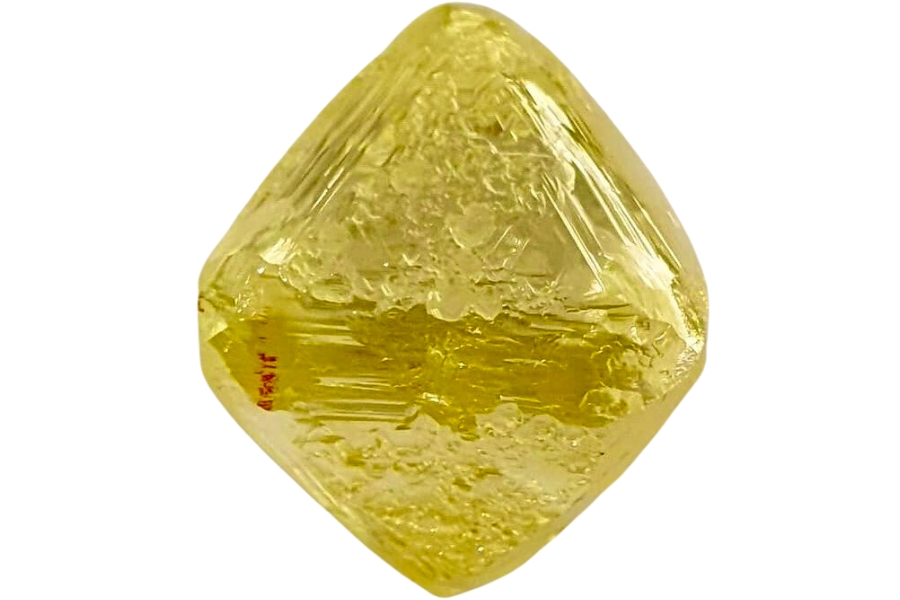When it comes to natural wonders, Kentucky is like a hidden treasure chest of rocks and minerals. Imagine all kinds of colorful gems, from twinkling quartz to bold blue geodes. The ground beneath our state is like a patchwork quilt of different rocks, some of which formed millions of years ago.
Amongst all these rocks, there are stories of precious diamonds hiding in Kentucky’s landscapes. But here’s the thing about this gem: they are super rare. Finding diamonds in Kentucky, even for the most expert rockhounds, is tough. But it’s not impossible.
There are prime sites where you can find Kentucky diamonds, such as Chance, Montpelier, and Russell County. So, if you’re up for an adventure and maybe a road trip, Kentucky is here to impress with some sparkling diamonds as a bonus!
What Is Kentucky Diamond Anyway?
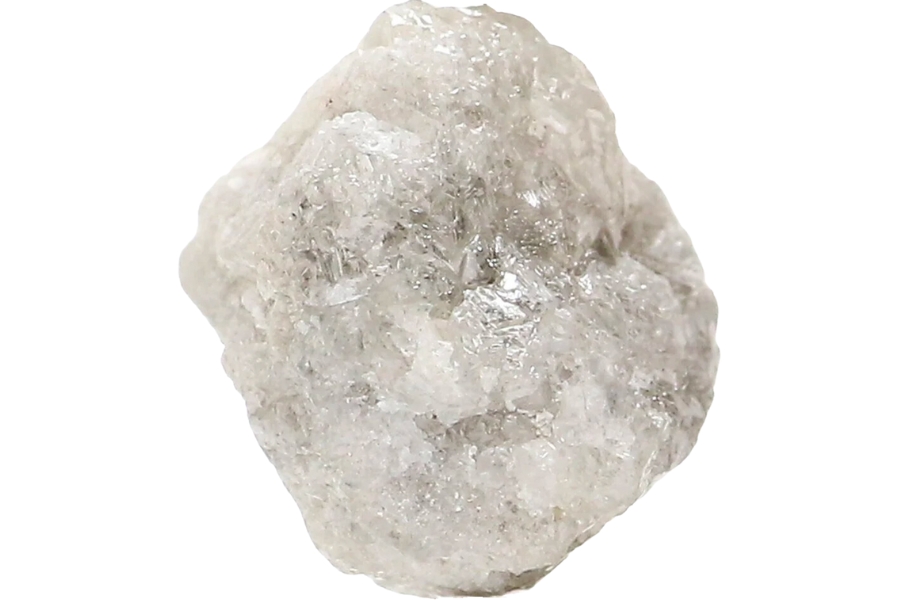
Diamonds may be chunks of carbon, the same stuff in your pencil lead, but they’re made way down deep in the Earth under intense heat and pressure. Over billions of years, this carbon gets squished and cooked until it becomes a diamond.
The value of diamonds isn’t just because of their sparkle, but how rare and tough they are. They’re the hardest natural material ever known. That means they can cut through almost anything, which is why people use them for all sorts of tools, from cutting rocks to making tiny parts for electronics.
Diamonds also have a special way of bending light that makes them sparkle like crazy, and because they’re so hard, they last forever. People love them for jewelry like engagement rings because they symbolize something unbreakable and eternal, just like the love the ring is supposed to represent.
If you want to find this gem, it’s essential to understand how to identify diamonds in the field. You usually find them in a type of rock called kimberlite. Most diamonds are dug up in big mines in Russia, Botswana, Canada, and Australia. But sometimes, you can find them in rivers too.
Even though diamonds are all the way down in mines or hidden in riverbeds, people have gone to amazing lengths to get them because of their beauty and usefulness.
- The deep experience and understanding of our team about the area
- Recommendations from local groups and clubs
- How easy it is to get the a particular location
- Safety and potential hazards when collecting
- Weighing private and public locations
- The ability for both experienced and novice rock enthusiasts to find great samples
With these factors in mind we’ve been able to put together a fantastic list that just about anyone can use!
Rough diamonds can be challenging to identify. Below are a few proven techniques that will make it easier for you to identify the rough diamond.
But real quick before we get into the specifics:
DON'T MISS OUT ON ANY GREAT FINDS!
While you're out searching for Diamonds you're going to find a lot of other interesting rocks and minerals along the way. The last thing you want to do is toss out something really interesting or valuable. It can be easy to misidentify things without a little guidance.
We've put together a fantastic field guide that makes identifying 140 of the most interesting and valuable rocks and minerals you will find REALLY EASY. It's simple to use, really durable, and will allow you to identify just about any rock and mineral you come across. Make sure you bring it along on your hunt!
The Best Places To Find Diamond in Kentucky
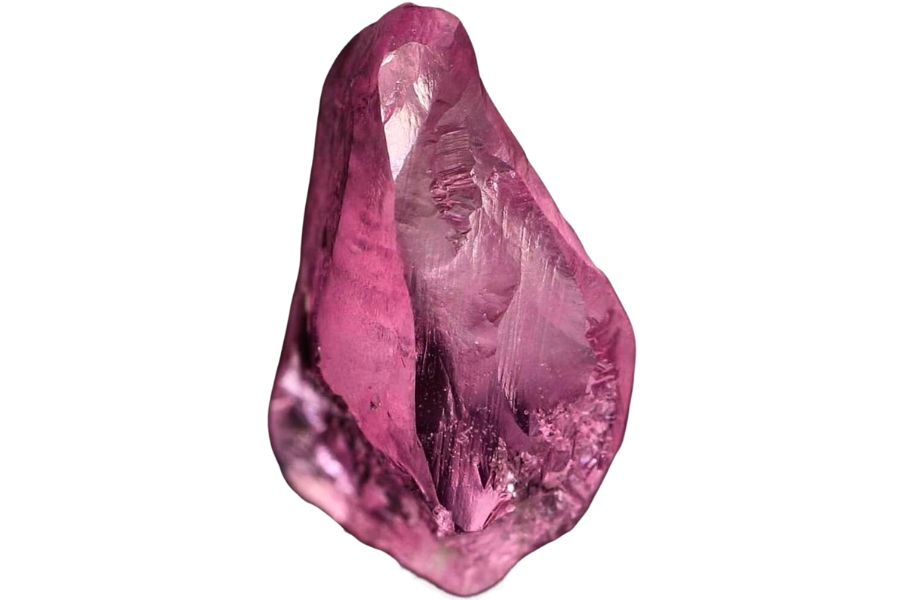
There are plenty of great gem mine sites in Kentucky, all of which have interesting rocks and minerals just waiting to be uncovered. But if you’re specially targeting Kentucky diamonds, here are the prime sites you can explore:
Always Confirm Access and Collection Rules!
Before heading out to any of the locations on our list you need to confirm access requirements and collection rules for both public and private locations directly with the location. We haven’t personally verified every location and the access requirements and collection rules often change without notice.
Many of the locations we mention will not allow collecting but are still great places for those who love to find beautiful rocks and minerals in the wild without keeping them. We also can’t guarantee you will find anything in these locations since they are constantly changing.
Always get updated information directly from the source ahead of time to ensure responsible rockhounding. If you want even more current options it’s always a good idea to contact local rock and mineral clubs and groups
Chance
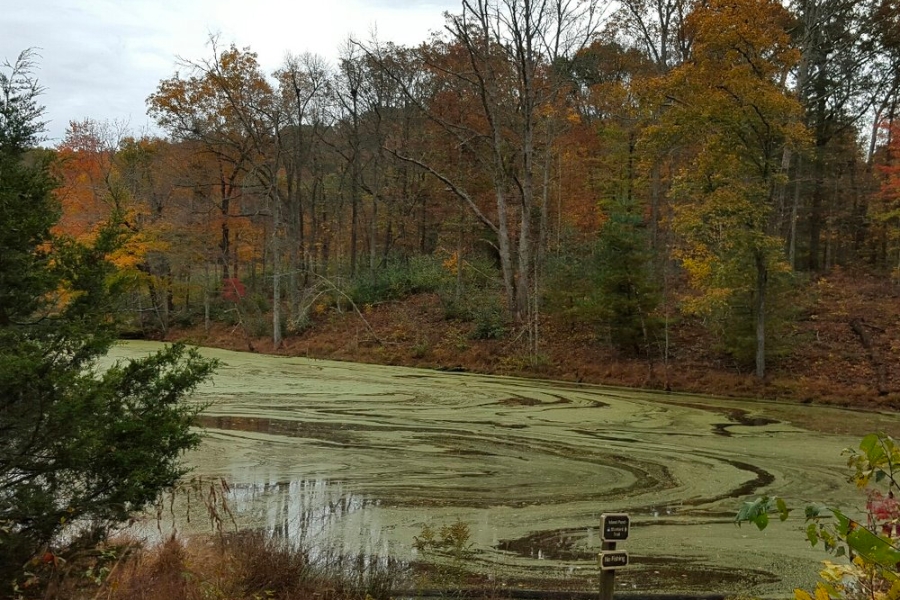
The Chance area is tucked away in the eastern part of oour state, known for its rolling hills and lush green forests. It’s part of the Appalachian Mountains, which means you’re in for some amazing views and a whole lot of exploring.
Its terrain here is pretty rugged, with winding trails that take you through some thick woods, over babbling creeks, and past hidden waterfalls. Geologically, Chance is fascinating. It’s famous for its sedimentary rocks, like limestone and sandstone, which have been layered over millions of years.
Getting to Chance is an adventure by itself. If you’re coming from the big city, you’ll drive through some twisty mountain roads. The closest big town is Hazard. From there, you can take Highway 15 to the heart of the Appalachians.
But before you start collecting, make sure to revisit and review Kentucky’s local collecting guidelines.
Where we found diamond in Chance
In the summer of 1888, a remarkable discovery was made on Henry Burris’s farm, located two miles north of the Chance area near Cabin Fork Creek. A brilliant gem-quality diamond, octahedral in form and weighing 0.776 carat, was found here.
This precious stone was appraised by G. A. Schultz, a jeweler from Louisville, and it was sold for $20. Today, this diamond is part of the collection at the Smithsonian Institution.
DON'T MISS OUT ON ANY GREAT FINDS!
While you're out searching for Geodes you're going to find a lot of other interesting rocks and minerals along the way. The last thing you want to do is toss out something really interesting or valuable. It can be easy to misidentify things without a little guidance.
We've put together a fantastic field guide that makes identifying 140 of the most interesting and valuable rocks and minerals you will find REALLY EASY. It's simple to use, really durable, and will allow you to identify just about any rock and mineral you come across. Make sure you bring it along on your hunt!
Montpelier
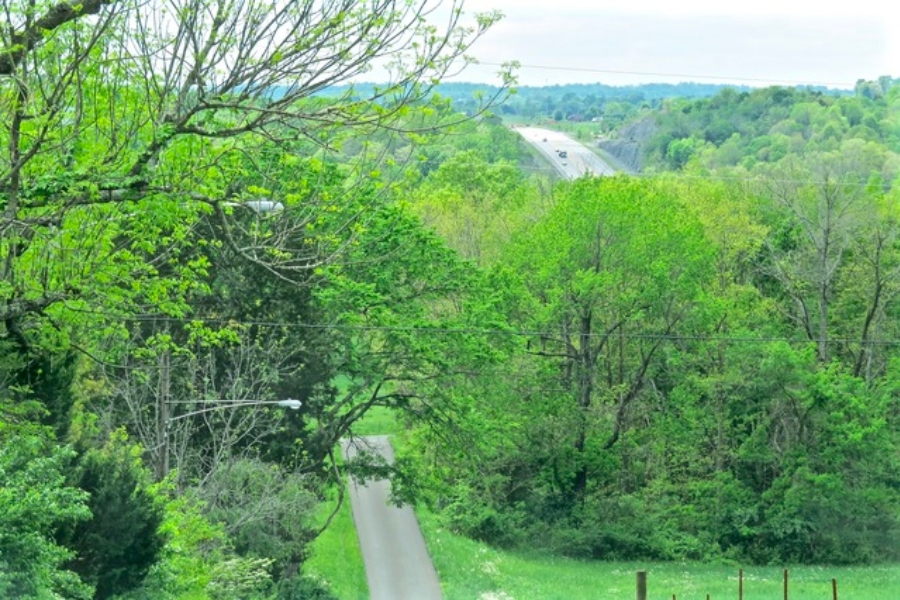
Montpelier is a spot with a rich geologic tapestry. It’s mostly draped in layers from the Mississippian period, with the Renfro and Muldraugh Members of the Borden Formation and Fort Payne Formation covering nearly half of the landscape.
About 19% of the region showcases the undivided Salem, Warsaw, and Harrodsburg Limestones, offering a glimpse into the ancient sea life that once thrived here. Its terrain is also dotted with limestone bodies, including the Cane Valley Limestone Member, which accounts for 18% of the area.
To get to Montpelier, you’d likely travel through the city of Columbia, the seat of Adair County. From there, navigating the local roads will lead you into the heart of this geologically diverse region.
Where we found diamond in Montpelier
You can likely find diamonds in Montpelier if you search through the Russell Creek tributary in the area.
Russell County
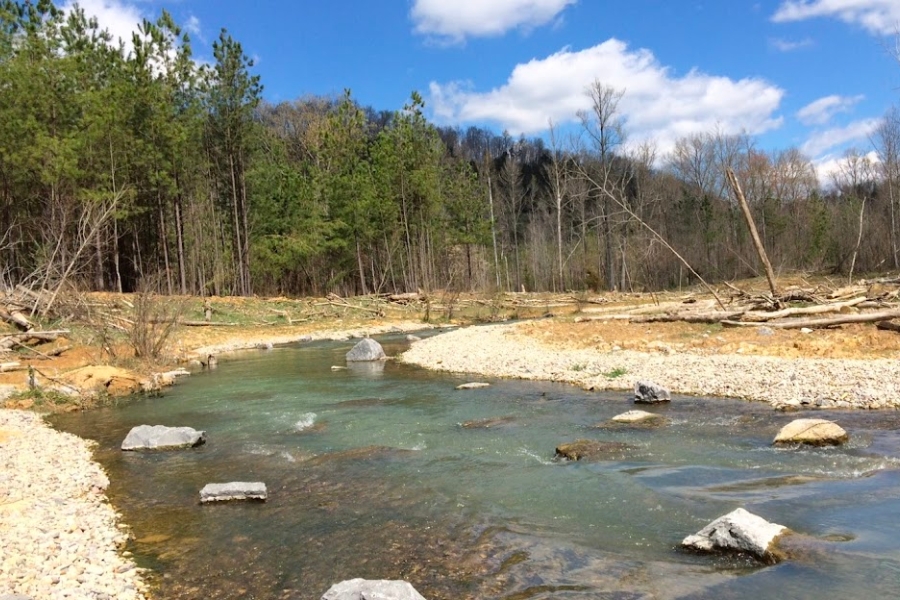
Russell County is a spot with diverse and interesting geology that can excite any rock hunter. Its surface is largely covered by geological formations from the Mississippian period.
About almost half of the area is composed of the Renfro and Muldraugh Members of the Borden Formation and the Fort Payne Formation, which offer a peek into the area’s ancient past.
The Knifely Sandstone member of the Fort Payne Formation, covering a part of the county, offers a different texture to the landscape, which is a delight if you’re looking for unique specimens.
To get to Russell County, you’d need to drive through the city of Jamestown, which is the county seat. From there, local roads will guide you into the heart of this geologically rich region.
Where we found diamond in the Russell County
An unidentified stream in the vicinity of Russell County has produced a diamond weighing 0.44 ct so it would be best to start your exploration for this gem in the stream areas of this county.
Common Diamond-Hunting Questions
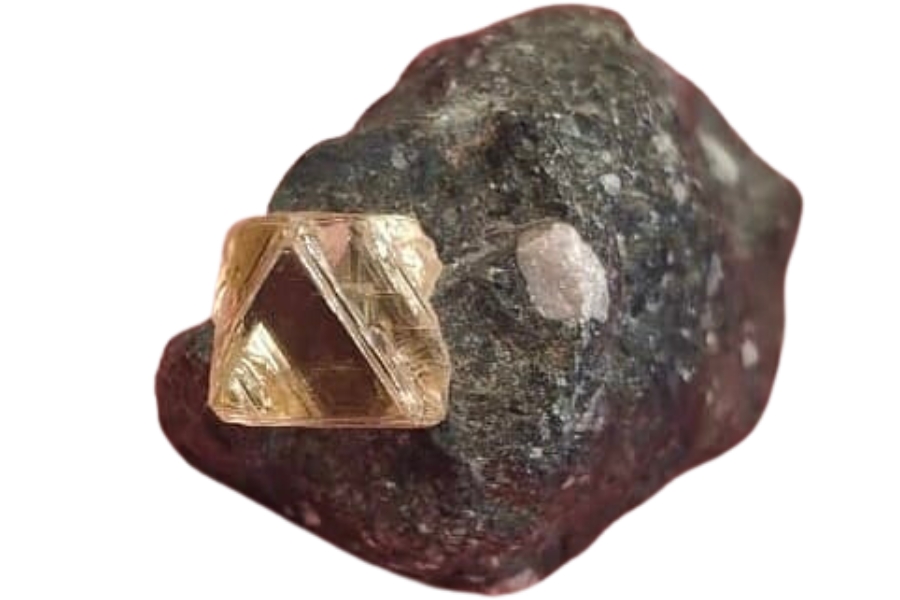
In this section, we’ll answer the most commonly-asked question when it comes to finding diamonds in Kentucky:
Is it illegal to collect diamond in Kentucky?
You can collect rocks from creeks in Kentucky, but you need to get a permit from the Department for Natural Resources first.
It’s illegal to take gravel, mine for limestone, dolomite, sand, clay, fluorspar, and other vein minerals, or make other surface disturbances without a permit. This means that if you happen to find a diamond in a creek, you’d need to have the proper permit to legally collect it.
For more area-specific guidelines, you may check with the Kentucky Department of Fish and Wildlife Resources (KDFWR) any rules and regulations that apply to diamond collection here.
The Best Places To Buy Diamond In Kentucky

Since diamonds are naturally rare, another great way you can find (and take home!) one is to visit our local shops that have them. Just take note that you’ll find a mix of diamonds that are raw, cut, polished, and even set on jewelry in these stores:
- Diamond Design Jewelry – 3620 S Hwy 27, Somerset, KY 42501
- Diamond Mine Jewelers – 4101 KY-146, La Grange, KY 40031
- Dublin Rocks & Minerals – Fayette Mall, 3401 Nicholasville Rd C-304, Lexington, KY 40503
- Genesis Diamonds – 4600 Shelbyville Rd #106, Louisville, KY 40207
- Little Big Gem Mine & Rock Shop – 1000 KY-524, La Grange, KY 40031

